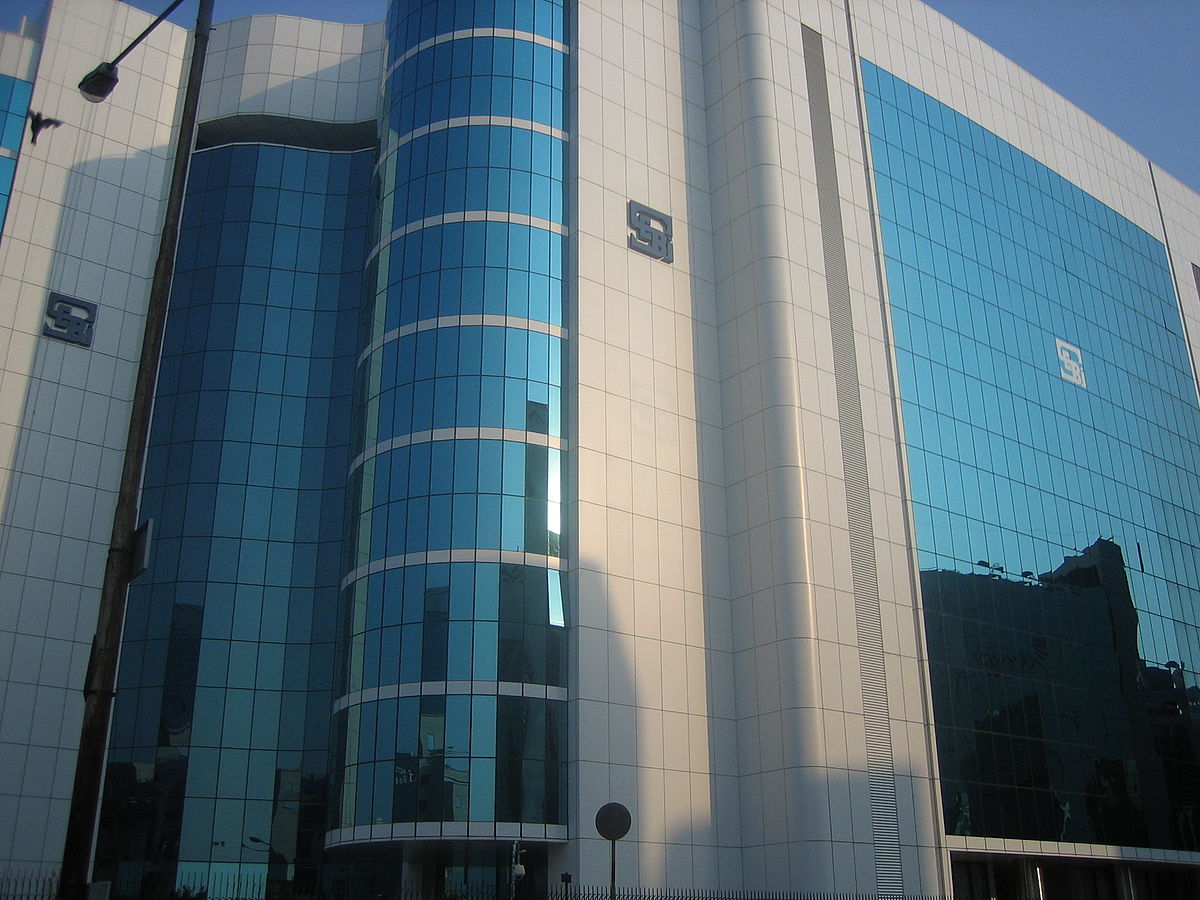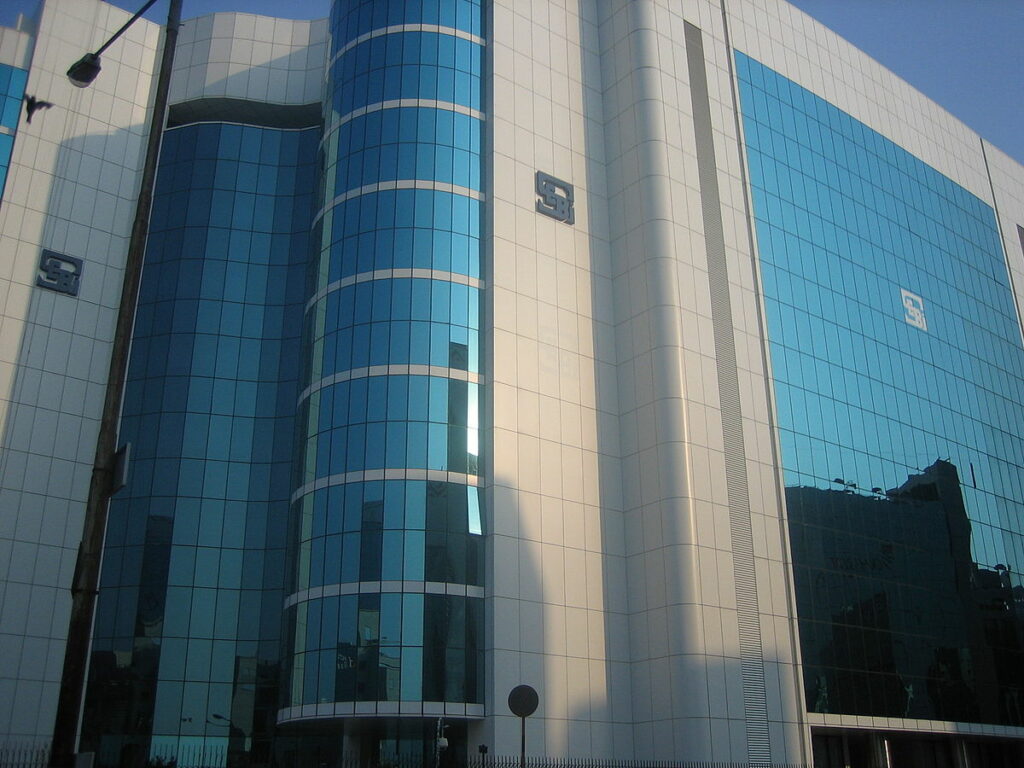
Active Infrastructures shares remain unchanged
Active Infrastructures reported its Q3 2023 financial results yesterday, revealing a performance largely in line with analyst expectations. Revenue showed a modest increase of 3% year-on-year, reaching ₹4.5 billion, driven primarily by strong growth in their renewable energy projects. However, profit margins experienced a slight dip due to increased material costs and inflationary pressures across the industry. The company maintained its commitment to its ambitious expansion plans, citing ongoing progress on several key infrastructure projects across the country. Despite the modest decrease in profitability, Active Infrastructures’ overall performance remains solid, indicating a healthy financial position.
Operating expenses saw a rise of approximately 5% compared to the same period last year. This increase was attributed to higher wages and increased investment in research and development to support the company’s technological advancements in its projects. The company’s management highlighted their focus on operational efficiency and cost-control measures to mitigate these rising costs in the coming quarters. Despite the challenges, the company delivered a respectable performance, demonstrating resilience in a fluctuating market.
The company’s trading on the NSE SME platform remained relatively flat following the announcement. While some investors expressed concerns about the margin compression, others viewed the results as a sign of stable growth. The share price, currently hovering around ₹181, has shown little volatility in recent days. Active Infrastructures maintains a positive outlook for the coming year, anticipating further growth in key sectors and a return to stronger profit margins.
Share Price Analysis
Following the release of Active Infrastructures’ Q3 results, the share price has remained remarkably flat. Trading on the NSE SME platform shows minimal fluctuation around ₹181, a price point it has held for several days. This lack of significant movement suggests that the market has largely absorbed the news of the slightly reduced profit margins. While some analysts anticipated a more pronounced reaction, the relatively muted response indicates a degree of confidence in the company’s long-term prospects.
The stability of the share price might be attributed to several factors. Firstly, the overall performance, despite the margin dip, remains strong. The 3% revenue increase and continued progress on key projects offer reassurance to investors. Secondly, the company’s commitment to operational efficiency and cost-control measures suggests a proactive approach to addressing the challenges of inflation and rising material costs. This demonstrates a responsible financial strategy, bolstering investor confidence.
Furthermore, the market may be factoring in the company’s ambitious expansion plans. The ongoing investment in renewable energy projects and technological advancements could be viewed as long-term growth drivers, potentially outweighing the short-term concerns about profit margins. The relatively low volatility in the share price suggests that investors are taking a longer-term view, anticipating future returns from these investments. The current share price of ₹181 thus reflects a market assessment that balances immediate results with the potential for future growth.
Market Reaction and Sentiment
The market’s reaction to Active Infrastructures’ Q3 results has been surprisingly muted. The share price, currently trading around ₹181 on the NSE SME platform, has remained remarkably flat following the announcement. This lack of significant volatility suggests that investors have largely digested the news of slightly reduced profit margins, viewing them within the context of the company’s broader performance and future outlook. Analyst predictions of a more dramatic market response haven’t materialised.
The prevailing sentiment appears to be one of cautious optimism. While some investors expressed initial concerns about the margin compression, the overall positive aspects of the report – namely the revenue growth and continued progress on major projects – seem to have outweighed these concerns. The company’s proactive approach to cost management also appears to have reassured investors, mitigating some of the anxieties surrounding inflationary pressures.
Furthermore, the market’s relatively flat reaction might reflect a longer-term perspective on Active Infrastructures’ prospects. The company’s ambitious expansion plans, particularly in the renewable energy sector, are likely viewed as significant drivers of future growth. This long-term outlook may be overriding any short-term concerns stemming from the dip in profit margins. The sustained share price of ₹181 suggests that investors are confident in the company’s ability to deliver on its growth strategy.
Online forums and social media discussions regarding Active Infrastructures show a similar trend. While there’s some debate about the immediate impact of the reduced margins, the overall tone is one of measured confidence. Many investors are highlighting the company’s strong fundamentals and its potential for future growth as key factors supporting their continued investment. The flat trading following the announcement suggests a market that is taking a long-term view and is not unduly concerned by the short-term dip in profitability.
Impact on Investors
The relatively flat share price reaction following Active Infrastructures’ Q3 results presents a mixed bag for investors. Those holding shares have seen little immediate impact on their investment, with the share price remaining stable around ₹181 on the NSE SME platform. This stability, however, might be interpreted in different ways. Some investors might view the lack of significant price movement as a positive sign, suggesting confidence in the company’s long-term prospects despite the slight dip in profit margins.
Conversely, others might see the flat trading as a missed opportunity. Had the market reacted more positively to the revenue growth and continued project progress, the share price could have potentially increased, offering higher returns for investors. The lack of significant upward movement might be seen as a reflection of lingering concerns about the margin compression, despite the company’s efforts to address rising costs.
For potential investors considering entering the market, the current situation presents a period of relative calm. The stable share price at ₹181 on the NSE SME platform provides an opportunity to assess the company’s performance and future outlook before making a decision. The lack of significant volatility allows for a more considered approach, reducing the risk of impulsive investment decisions based on short-term market fluctuations.
Ultimately, the impact on investors depends on their individual investment strategies and risk tolerance. Long-term investors with a belief in Active Infrastructures’ growth potential may view the current flat trading as a temporary phase. However, short-term investors seeking quick returns might find the lack of price movement frustrating. The continued monitoring of the company’s performance and market sentiment will be crucial for all investors.
Future Outlook
Active Infrastructures’ future hinges on successfully navigating several key challenges and capitalising on emerging opportunities. The company’s ambitious expansion plans, particularly in the renewable energy sector, represent a significant growth driver. However, maintaining profitability amidst rising material costs and inflationary pressures will require continued focus on operational efficiency and cost-control measures. The success of ongoing projects will be crucial in determining future financial performance.
The company’s commitment to technological advancements is another critical factor. Investing in research and development to enhance project efficiency and reduce costs is essential for long-term competitiveness. Successfully integrating these technological improvements into existing and future projects will be key to improving profit margins and attracting further investment.
The overall market sentiment towards infrastructure projects and renewable energy will also play a significant role. Government policies and regulations, as well as broader economic conditions, can influence investor confidence and funding opportunities. Active Infrastructures’ ability to adapt to changes in the market and maintain a strong reputation will be vital for sustained growth.
Furthermore, the company’s ability to attract and retain skilled personnel will be crucial. Competition for talent in the infrastructure and renewable energy sectors is intense. Active Infrastructures will need to offer competitive salaries and benefits packages to attract and retain the best engineers, project managers, and other specialists. This human capital is essential for the successful execution of its ambitious projects.
Maintaining a transparent and effective communication strategy with investors is vital. Regular updates on project progress, financial performance, and risk management will help to maintain investor confidence and attract new investment. Open communication will also be crucial in managing expectations and addressing any concerns about the company’s performance or future outlook. The current share price of ₹181 on the NSE SME platform reflects the market’s current assessment of these factors, and future trading will depend heavily on the company’s ability to deliver on its promises.

















